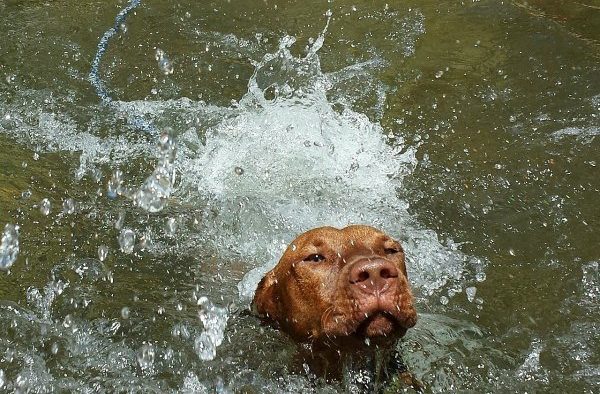Dogs that can’t Swim and Some that just aren’t very good at it
Share

[heading style=”2″ color=”#996633″ style_color=”#996633″]Pekingese[/heading]
Because of their tiny paws and body, they may not do well in water. Even if they do get in the water, they may not be able to move through it well and they could easily panic due to their inability to keep their snout from the water. Be very aware of where your dog’s nose is when he’s swimming – failure to do so could result in a tragic end.

No matter what your beloved breed, there are simple rules that you must follow:
- Consider installing a pool alarm for pets. (They are also great for kids!)
- Place a Pool Alarm on your pet’s collar so you know the second your pet enters the water.
- Always know your dog’s limits.
- If you know your dog is not a great swimmer, have them wear a personal flotation device to keep them safe.
- Never have them “fetch” in the ocean without knowing the current, tide or the fact a riptide could be waiting for your pet.
- Any pet can quickly tire and drown while they are swimming, so be sure you know where your pet is at all times.
- Keep a PFD handy (there are some great ones you can buy for your dogs).
Just because a dog is mentioned as “swimming-challenged”, there are exceptions to every rule. Some dogs (no matter the breed) will take happily to the water and challenge the status quo. There are lots of ways to cool pets off during the hot summer
[heading style=”2″ color=”#996633″ style_color=”#996633″]General Guidelines for Breeds that are Challenged by Water:[/heading]- Stocky dogs with big heads
- Dogs with heavy coats that become soaked and pull them under
- Top-heavy, densely muscled breeds
- Brachycephalic dogs
- Dogs with short legs










